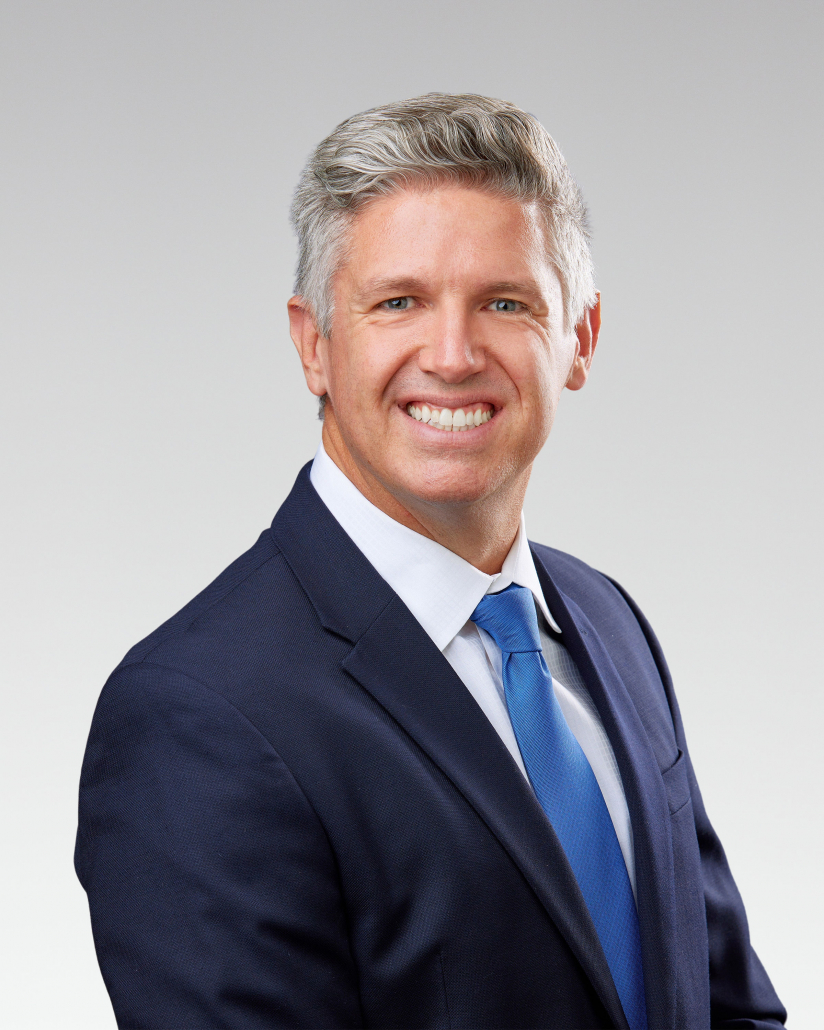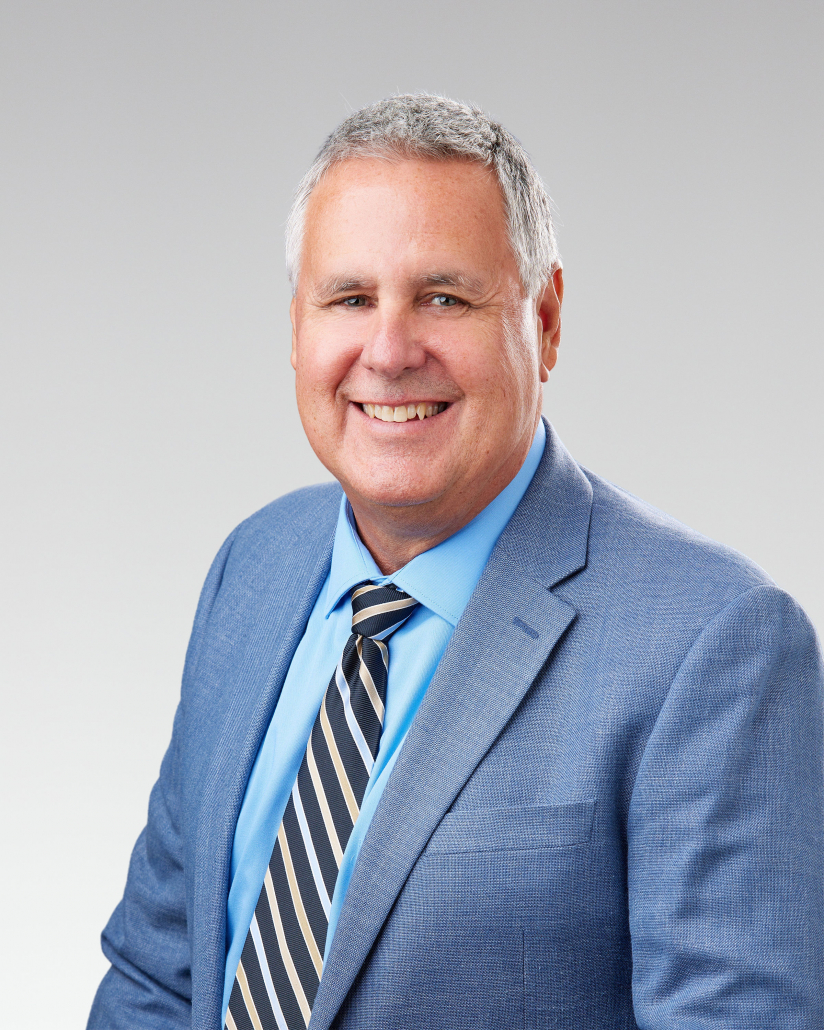Do I Have Enough to Sell My Business?
As a business owner, you’ve spent your life’s work growing your business, taking care of employees, managing your product or service, and looking after your people. Now, you may be getting to a point where your spouse tells you you work too much. Or perhaps you’re watching the clock more than you used to, counting down the minutes until you can head home and unplug from your “boss” responsibilities.
Whatever your reasoning, if you’re starting to ask questions like, “Do I have enough to sell?” and “Will that be enough?” then it’s time to focus on you for a change.
Why Business Owners Need Specialized Financial Planning
Business owners face a unique set of financial challenges and opportunities. Whether you are a small business owner or running a large corporation, the following considerations are critical:
- Maximizing tax efficiency
- Choosing the most appropriate retirement account type
- Evaluating your retirement account options
- Managing 401(k) and pension investments
- Considering a defined benefit plan, i.e., “pension”
- Aligning company benefits offerings with company goals
Our team specializes in helping business owners handle these and other issues while they’re still working. During those years, we help you work through proper planning techniques to diversify your assets, reduce risk, optimize your taxes, and offer competitive benefits. All of these steps help streamline and strengthen your business at the time — but they also set you up for a successful transition into retirement or your next business opportunity.
When you do get to the point of exiting, we help you bring all of this planning together into one critical decision: whether or not you have what you need to move on from your business and into your ideal retirement, whatever that looks like for you.
Creating a Dream Retirement
At Warren Street, we’ve helped many business owner clients over the years answer the “Do I have enough to sell?” question and develop their exit strategies accordingly.
If you choose to work with us during your own exit process, we’ll play a key role on your professional team alongside your attorney. While your attorney looks after the legal structure of the deal, we’ll handle related asset management and tax mitigation. For example, if you’re involved in an all-cash sale with multiple payments coming in the next few years, we will discuss tax deferral opportunities to add into your transition plan. Or, if you’re struggling with a go/no-go decision, we’ll conduct scenario planning to help you make an informed choice based on your current financial situation, projected future state, and personal goals.
No matter where you are in the exit planning process, we can help evaluate your current assets, investments, estate planning, and legacy goals, so you can make a clear and confident decision on what next steps are right for you.
If this sounds like you and you’re a current Warren Street client, please mention your interest to your Lead Advisor! Or, if you’re not a client but are interested in learning how we can help, schedule a complimentary introductory call with us. We hope to hear from you and look forward to exploring how we can make your post-exit dreams a reality.

Cary Facer
Wealth Advisor, Warren Street Wealth Advisors
Investment Advisor Representative, Warren Street Wealth Advisors, LLC., a Registered Investment Advisor
The information presented here represents opinions and is not meant as personal or actionable advice to any individual, corporation, or other entity. Any investments discussed carry unique risks and should be carefully considered and reviewed by you and your financial professional. Nothing in this document is a solicitation to buy or sell any securities, or an attempt to furnish personal investment advice. Warren Street Wealth Advisors may own securities referenced in this document. Due to the static nature of content, securities held may change over time and current trades may be contrary to outdated publications. Form ADV available upon request 714-876-6200.






